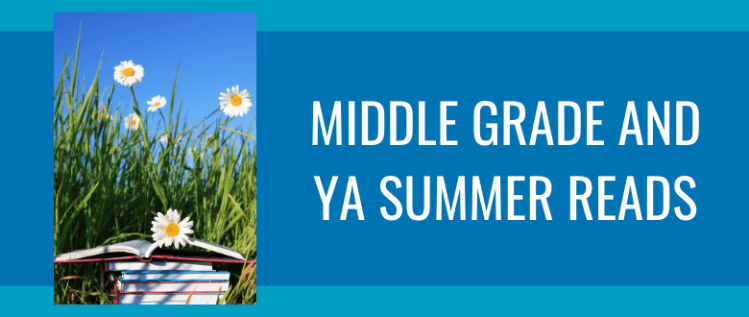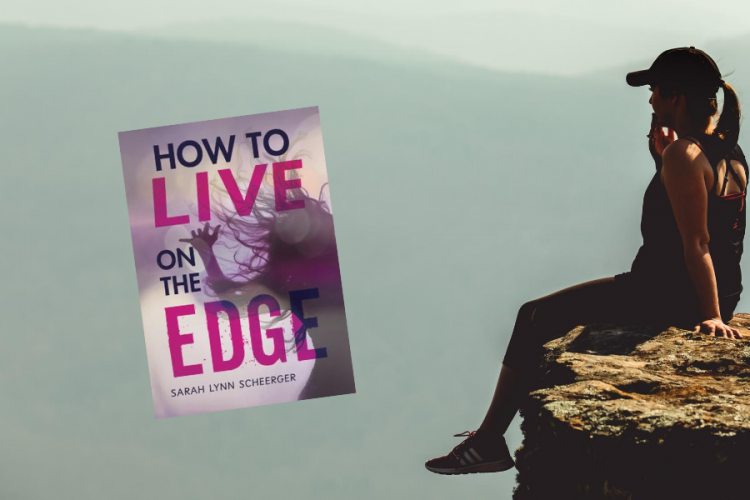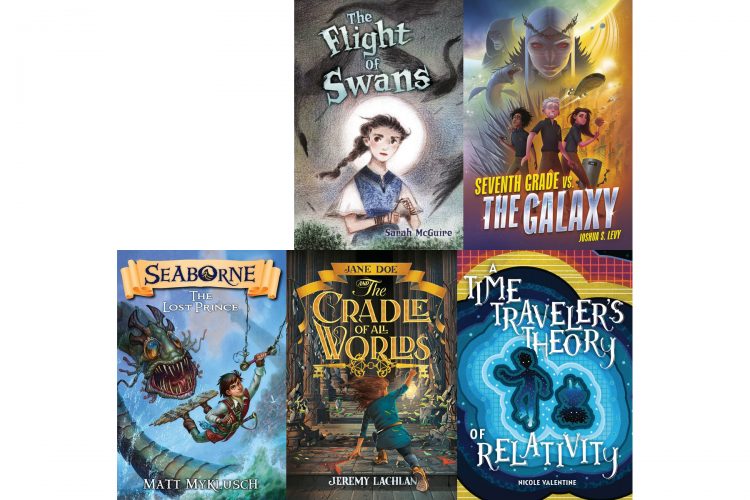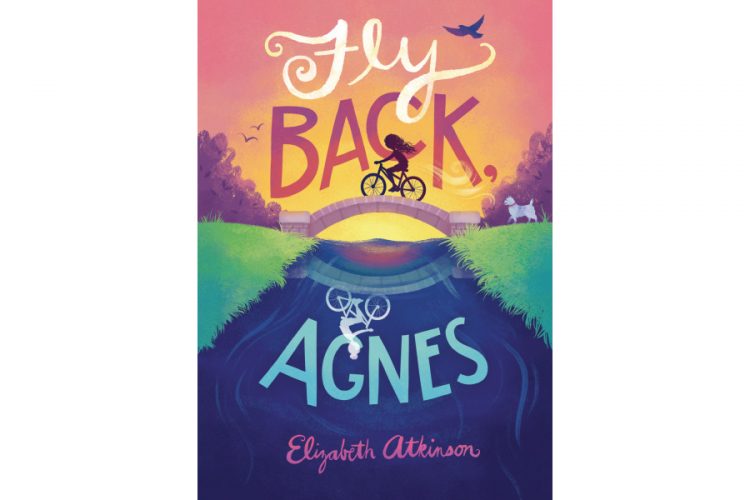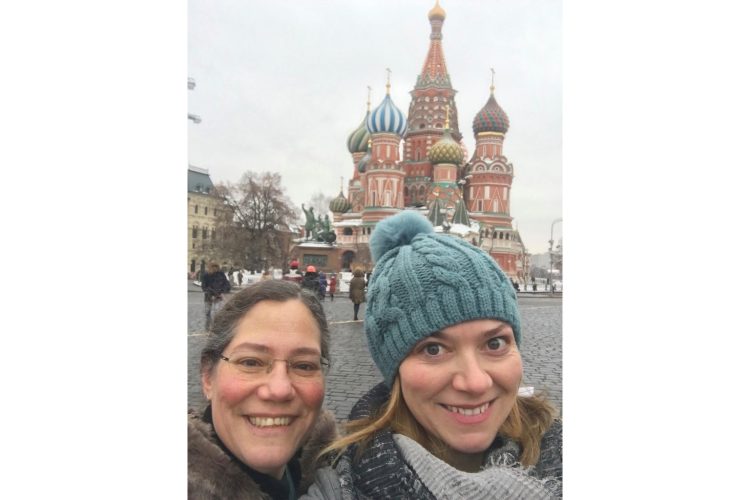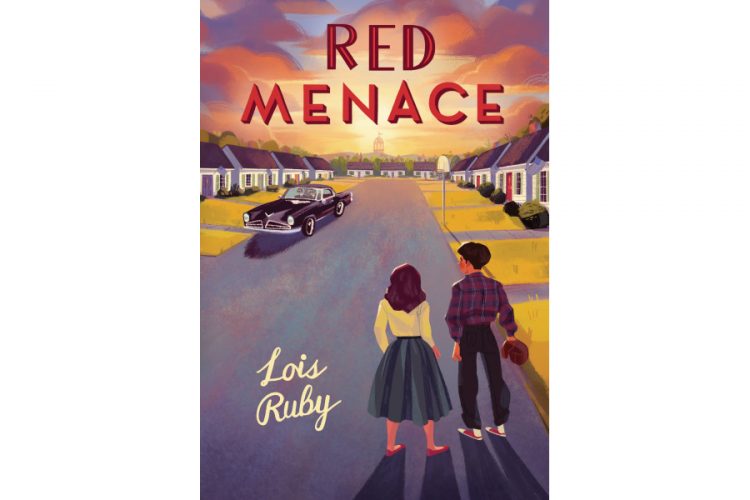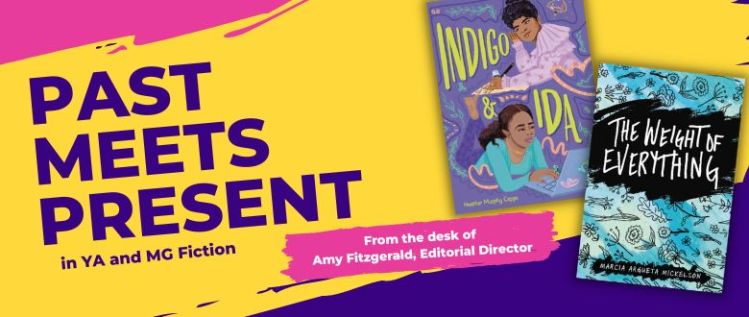
Past Meets Present in YA and MG Fiction
By Editorial Director Amy Fitzgerald As a kid, I was obsessed with historical fiction. For me, it was an exciting escape from my generally comfortable but uneventful middle-class white life. Only later did I notice that it’s usually white people who fantasize about living in a different time.Read more "Past Meets Present in YA and MG Fiction"
